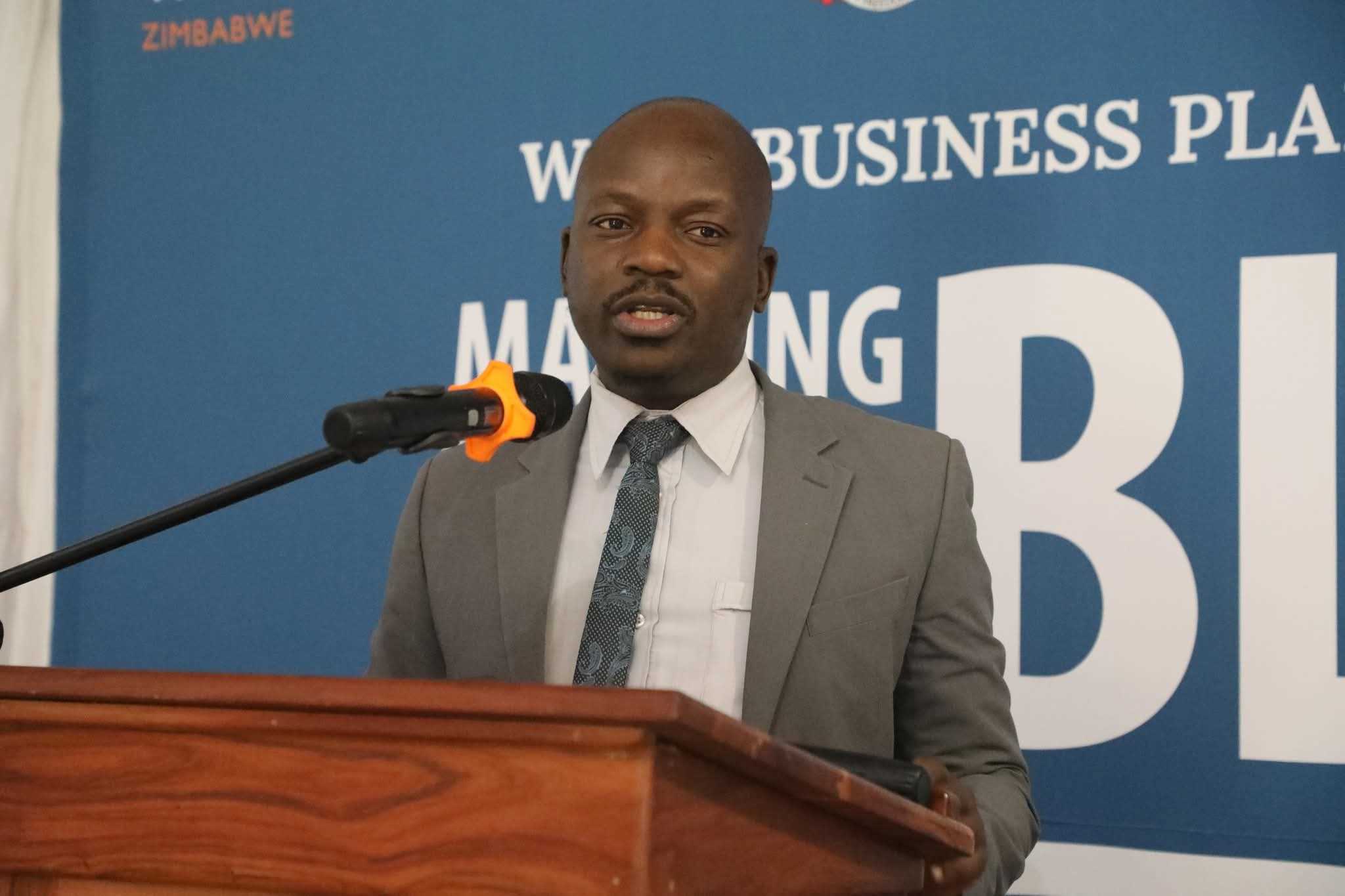
Zimbabwe’s push to expand clean water and sanitation is taking a new direction—one that places communities, not infrastructure, at the centre of the country’s next major WASH investment.
The Government of Zimbabwe is the lead partner in World Vision’s US$51.2 million WASH Business Plan (2026–2030), a five-year strategy expected to reach more than 500,000 people across 15 districts.
But the strongest message from the launch was that money alone will not fix Zimbabwe’s water crisis unless citizens take ownership of the systems being built.
World Vision Zimbabwe National Director Assan Golowa emphasised that the plan’s success depends on cooperation that goes beyond formal agreements.
“At the heart of this plan is collaboration, working with government, partners and communities to build lasting, inclusive and resilient WASH services,” he said.
He stressed that the investment is more than an engineering rollout.
“This is not just about delivering infrastructure; it is about improving health, protecting dignity, and empowering women and girls in every community we serve.”
Government officials echoed the urgency, pointing to ongoing challenges in rural Zimbabwe, where access to safe drinking water remains limited.
Related Stories
Nesbert Shirihuru, Director of the National Water, Sanitation and Hygiene Coordination Department, said the plan aligns with national priorities and comes at a critical moment.
“The investment comes at a crucial time, addressing needs in rural areas where only 54% of the population has access to safely managed drinking water,” he said.
Sustainability dominated the discussion, with reminders that infrastructure quickly fails when communities are not fully involved.
Dr Tafadzwa Matsika, World Vision Zimbabwe Advisory Board Chairperson, noted that lasting progress requires a shift in mindset as much as financial support.
“We need to have a mindset shift… The water sector and villages will follow as all means of life go in to get the water in those what we call sustainability. Let us take ownership and make these developmental programs really ours,” he said.
The strategy introduces bold changes: long-term financing models to keep water systems running, sanitation market innovations to make latrines more accessible, and gender-transformative programming that places women and girls at the centre of water management.
The plan also prioritises water security through environmental stewardship and leverages data to channel resources where they are most needed.
Rather than treating water access as a charity-driven intervention, the plan positions communities as co-architects of their own progress.
Across all partners, the commitment was clear: Zimbabwe’s next chapter in water and sanitation will depend on whether villages, local leadership and households take responsibility to keep water flowing long after the investment has been spent.

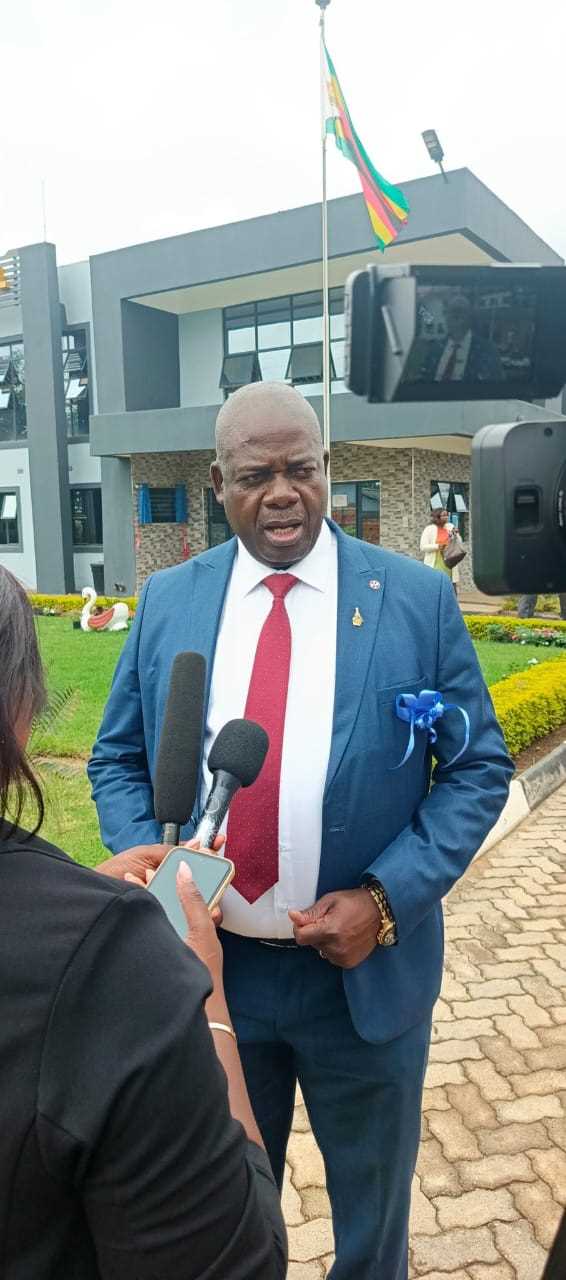
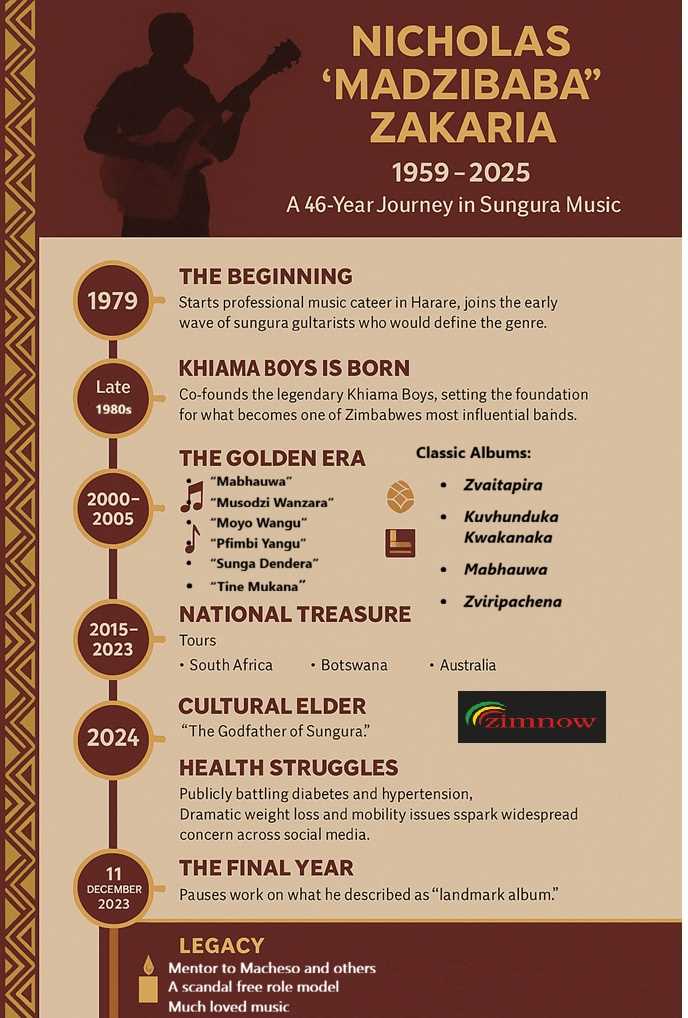







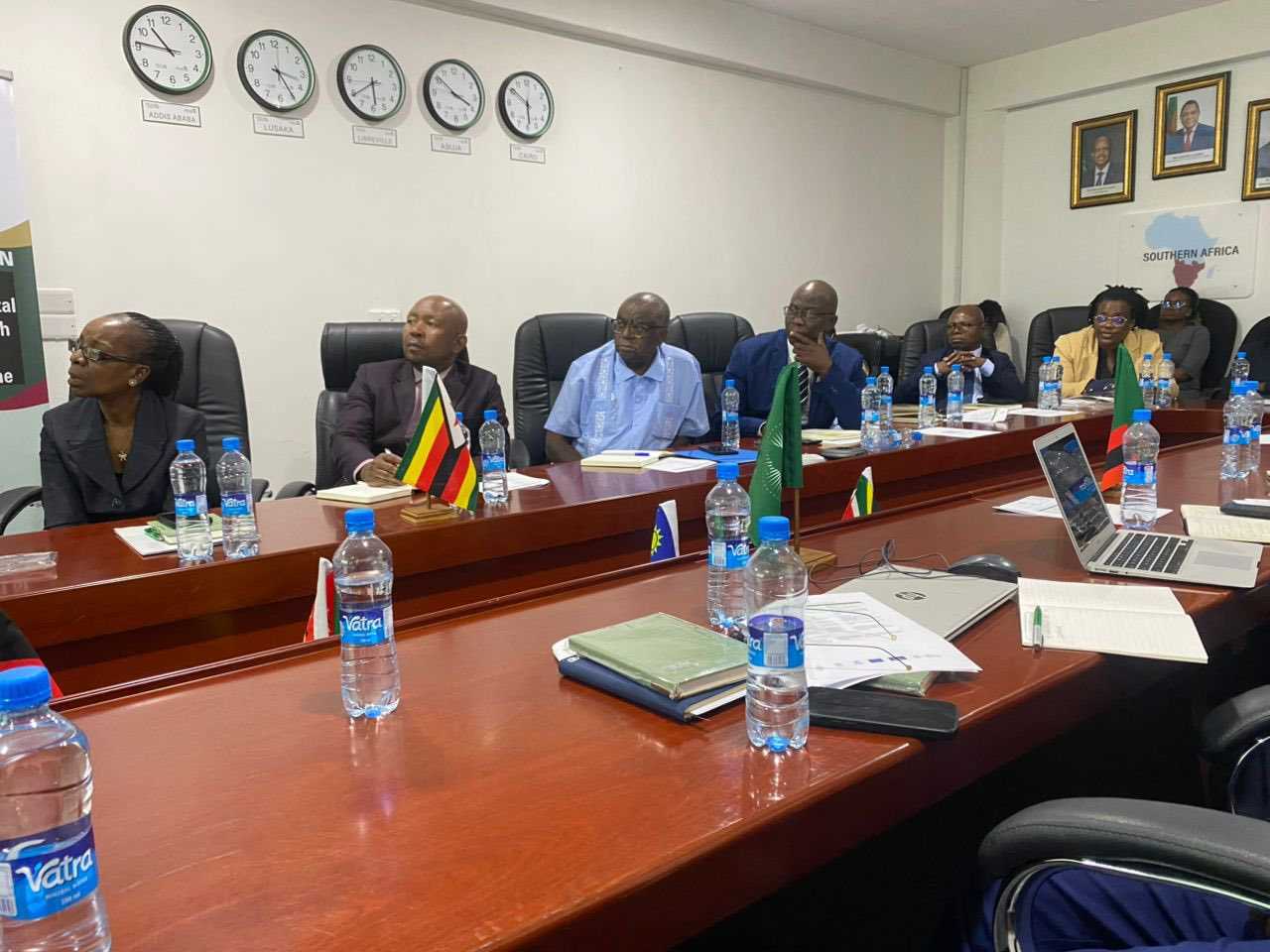




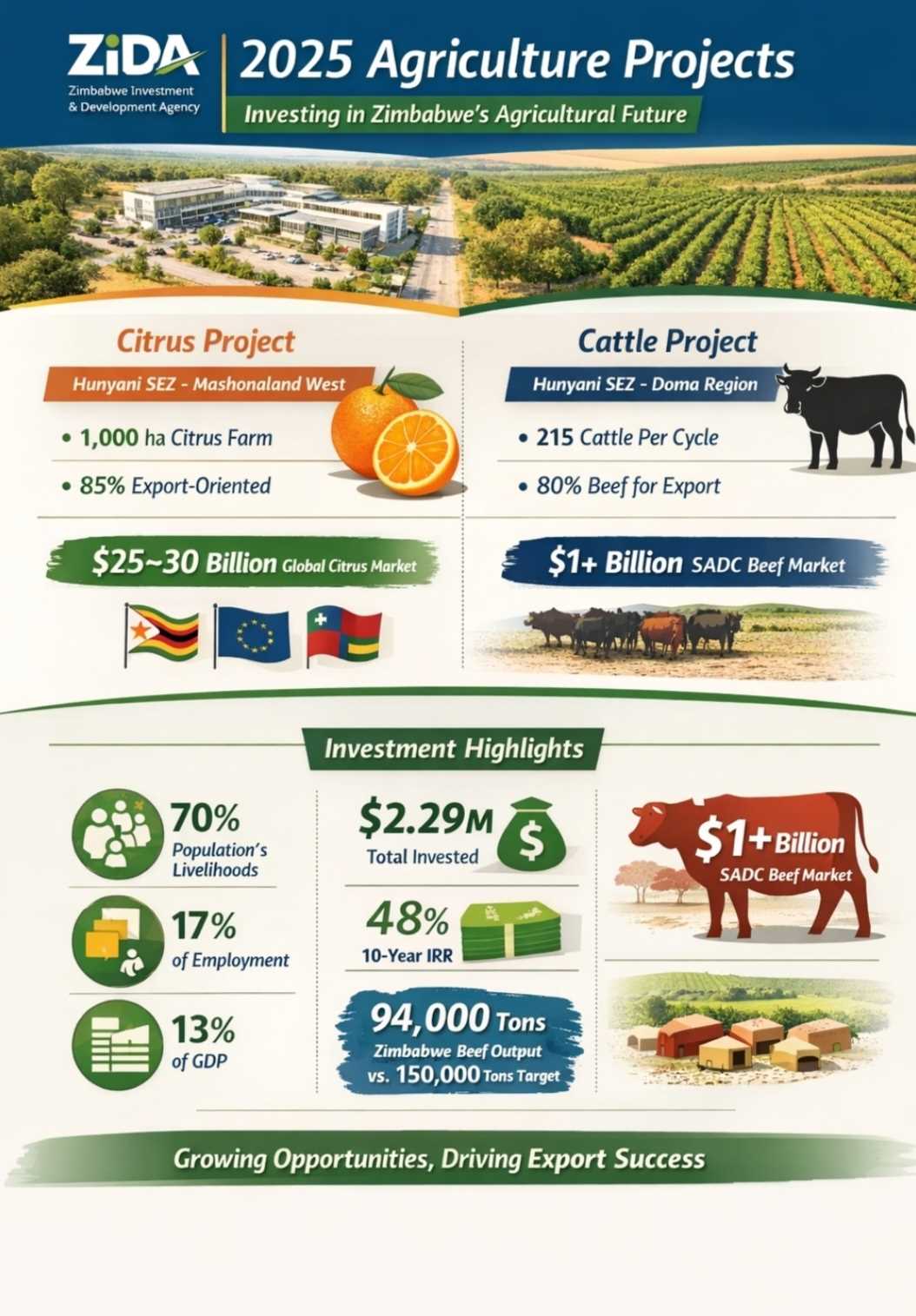



Leave Comments